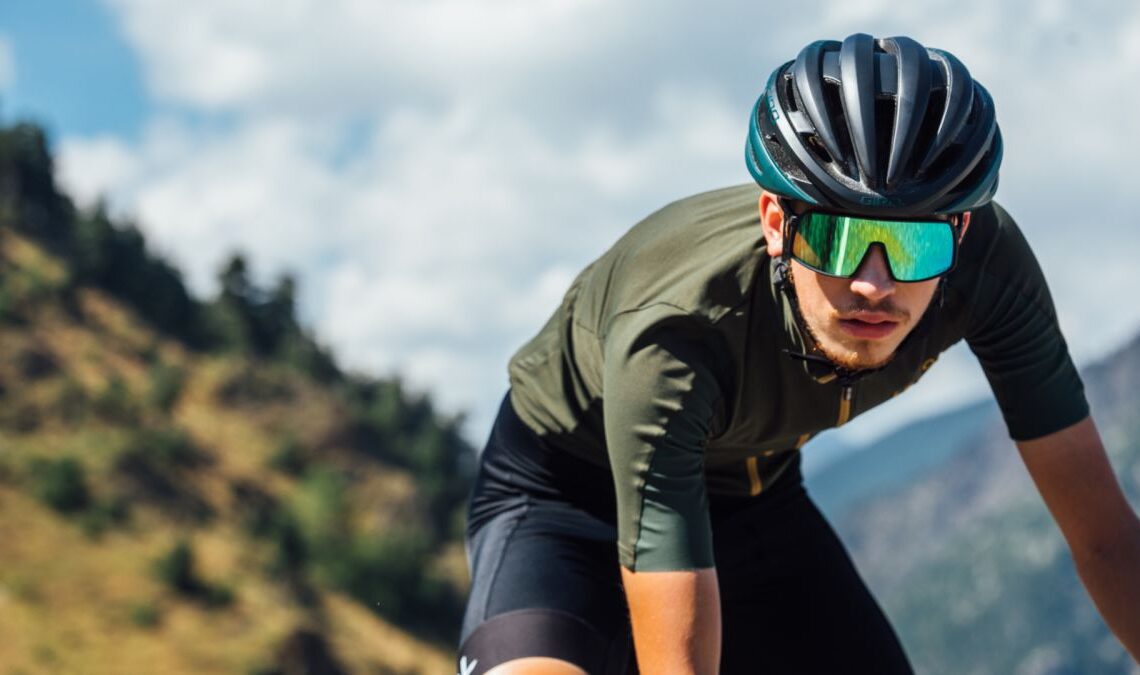You can make a strong argument for an effective pair of sunglasses being an essential piece of kit. True, you can cycle without them but unless it’s pouring down with rain chances are you’ll be far better off with them than without. Not only do they shield your eyes from the glare of the sun, they also protect you from incoming insects and other debris. Both make for a more enjoyable, and safer, ride.
Today, the best cycling sunglasses come in a wide range of shapes and sizes, with lenses available in various tints for specific light conditions as well as different ‘treatments’ that promise to make smearing, fogging and scratching a thing of the past.
But it’s not only the styles that vary. Cycling sunglasses occupy a wide range of price points, from under £20 to over £200. Even glasses at the lower end of the price spectrum have to legally meet a few minimum requirements for them to be sold legitimately, including meeting UV protection and shatter resistance standards. As a result, polycarbonate plastic, which is highly resistant to both impacts and UV rays, is typically used in glasses regardless of their cost.
Which begs the question, do you need to spend three-figures to get the performance you require? Or can you buy budget shades and still enjoy plenty of protection and performance during your ride?
To help you assess the difference between ‘cheap’ and ‘expensive’ cycling sunglasses we’ll go into a little more detail, looking at a number of areas of concern, with specific ‘budget’ versus ‘expensive’ model comparisons for each section.
Shape and coverage
(Image credit: Future)
If you’ve watched any bike racing recently you’ll have probably noticed the trend for full-coverage sunglasses that has much of the pro peloton looking like extras in a science fiction movie. Fashion aside, extended coverage is a good thing when you’re riding, or racing, a bike.
Generally speaking larger lenses provide more coverage and reduce the chance of the glasses affecting your sightlines. If you’re unconvinced, a short ride in a pair of regular sunglasses should help convert you, at least, to the merits of cycling specific lens shapes, which take into account the various positions you’re likely to assume on the bike. Peripheral vision is important to cyclists, as is being able to see through the top of the lens when you’re tucked low or riding in the drops.
Fortunately for those on a budget lens shape isn’t overtly affected by…

